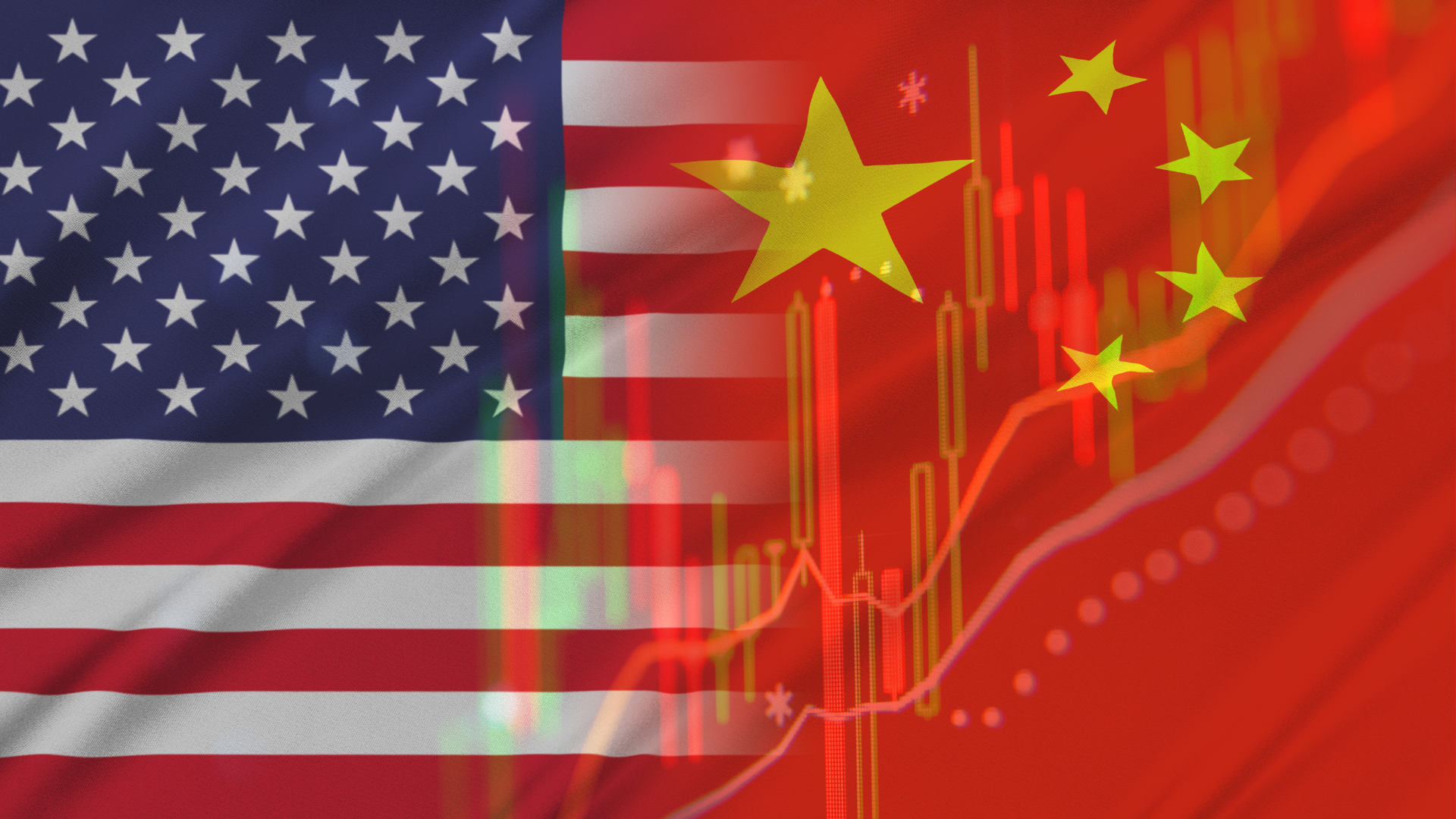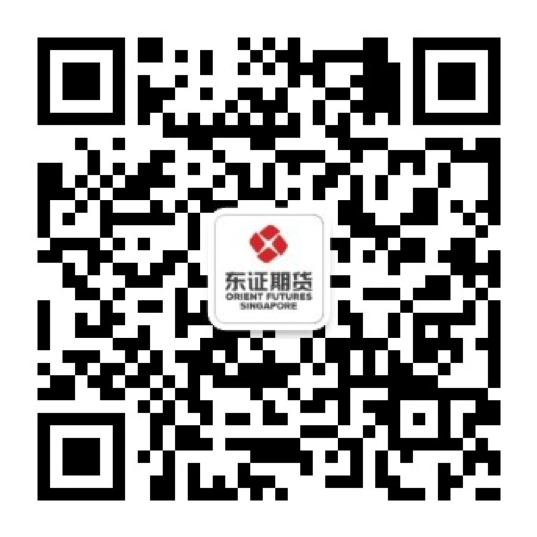Changes in international trade policy often trigger swift and significant effects across the global economic landscape, a system frequently characterized by inherent volatility. A look back at a specific period of heightened tension reveals how a surprise development on the trade front managed to ease mounting concerns about a potential economic downturn and recession fears.
The Path to a Tariff Agreement
Before this pivotal moment, the air was thick with worry. Rising trade tensions, particularly between the United States and China, fueled fears that the escalating imposition of tariffs could stifle global growth and tip economies into recession. Businesses faced increased costs, consumers anticipated higher prices, and a general sense of unpredictability clouded the economic outlook.
It was against this backdrop that a notable tariff agreement was reached. A surprise trade deal between the U.S. and China was announced on a Monday. This is not a complete dismantling of all trade barriers, but a significant step back from the brink. As part of this agreement, President Donald Trump reportedly agreed to lower tariffs against China, bringing a substantial reduction from a high rate of 145% down to 30%. This reduced level was set to be in place for a period of 90 days, creating a window for further negotiations between the two economic giants. In a reciprocal move, China also committed to lowering its own tariffs on U.S. products, signaling a trade truce.
Why the Deal Eased Recession Concerns
The news of this tariff agreement quickly resonated through financial circles and economic forecasting institutions. Economists largely reacted positively, predicting that the trade deal would lead to a reduction in the previously elevated recession fears. The rationale was straightforward: lower tariffs were expected to translate into lower costs for businesses and consumers, thereby supporting economic growth and helping to temper inflationary pressures. Experts from various institutions reportedly offered views suggesting a sunnier economic forecast, with reduced risks of a recession and a sharper deterioration in the labor market. The agreement was seen as mutually beneficial, acknowledging that both the U.S. and China were experiencing economic pain from the imposed duties.
The Limits of the Truce: Remaining Challenges
However, it was also highlighted that this was a trade war truce, not a complete peace treaty. While the agreement significantly lowered the temperature, a substantial 30% tariff on China remained in place, along with other existing tariffs on various products and countries. These remaining tariffs would still act as a drag on the economy and contribute to inflation, albeit to a lesser extent than the previously higher rates. The situation also presented a complex picture regarding President Trump’s stated goals for implementing tariffs in the first place, as a scaled-down tariff rate might not as effectively incentivize the reshoring of production or generate the initially projected tax revenue.
Immediate Impact and Market Reaction
Despite the lingering concerns and the fact that not all tariffs were removed, the immediate impact of the deal was a palpable easing of market anxiety. It provided a degree of clarity and stability that had been missing, allowing businesses and investors to breathe a sigh of relief. The agreement also likely offered some comfort to the Federal Reserve, potentially relieving some pressure related to the inflationary impact of tariffs on their monetary policy decisions.
Conclusion: A Temporary Reprieve in Global Markets
The fading of recession fears after this specific tariff deal with China underscores the profound impact that trade policy can have on global economic sentiment and market movements. While there was not a definitive end to trade tensions, this agreement served as a crucial moment where a step back from escalating tariffs helped to dial down recessionary concerns and provided a temporary, but much-needed, period of respite for the markets and the economy. It serves as a reminder of how interconnected the global economy is and how quickly perceptions of risk can shift based on developments in international trade relations. Navigating such an environment, where trade dynamics can swiftly impact market conditions, often highlights the value of having access to diverse markets and effective trading capabilities.
The imperative to effectively engage with this intricate global tapestry becomes increasingly clear. For discerning investors, this often translates into a strategic focus on not just observing these shifts, but on cultivating the capacity to act decisively within the very markets—including pivotal economies like China and other dynamic emerging regions—that are central to these evolving trade narratives and resulting opportunities. Such preparedness allows for a transition from reactive measures to a more proactive stance in harnessing market potential.
东证期货国际(新加坡)简介
东证期货国际(新加坡)私人有限公司是上海东证期货有限公司的直属全资子公司,也是东方证券股份有限公司的间接控股子公司。
作为持有新加坡金融管理局(MAS)颁发的《资本市场服务许可证》的机构,我司提供全方位资本市场服务,涵盖证券、场内衍生品、场外衍生品及杠杆外汇等多类产品。
东证期货新加坡是亚太交易所、新加坡衍生品交易所以及洲际新加坡交易所的交易和清算会员,为客户提供覆盖国际市场的综合交易服务。



